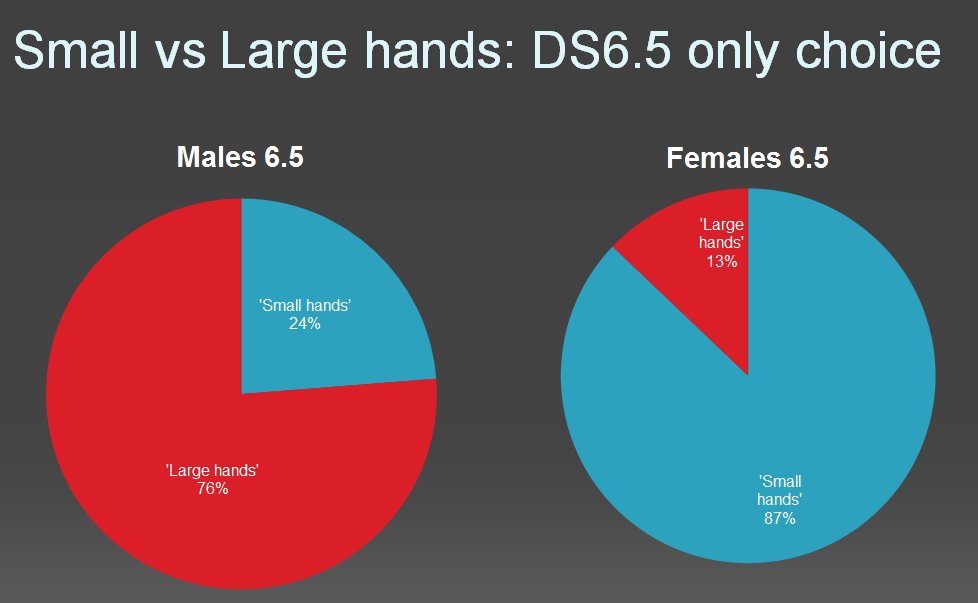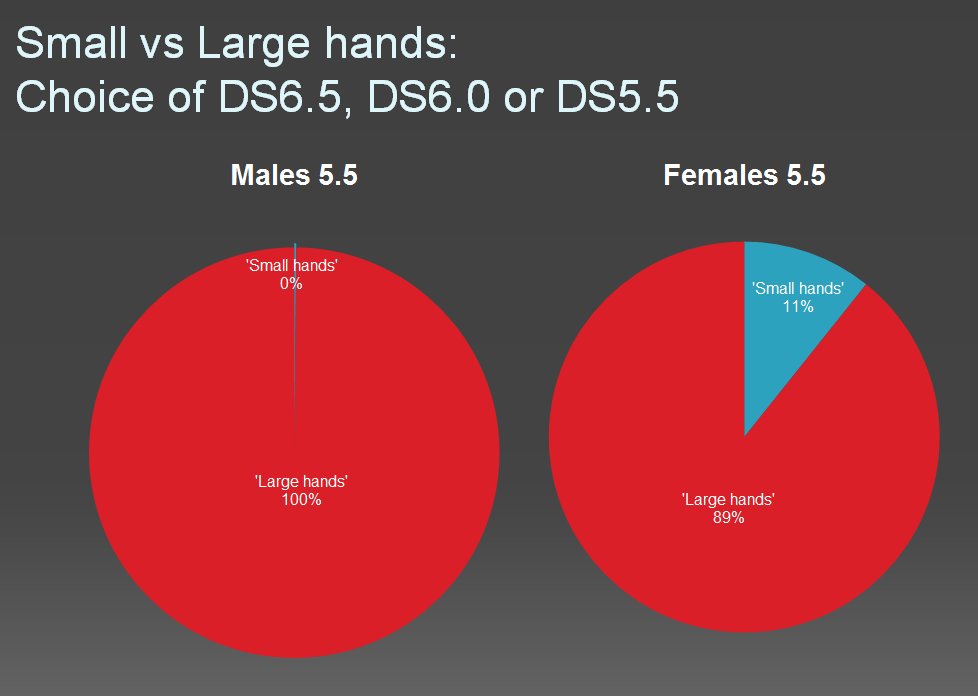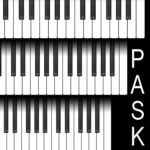The challenge ahead
‘This is such a profound, life-changing journey. Now that I am in the autumn of my years, I am trying not to dwell on the years and hundreds of hours wasted trying to do things that are physically impossible for me to do! And though some of my teachers called me “gifted,” no one was honest or kind enough to tell me the truth, so I just kept pounding away. One of the first things with my new 5.5 was to work out the gnarly 2-measure passage in the Rach op 3/2. After hundreds of hours of drills [in the past], it took about 20 minutes to master it. The wasted effort nearly makes me angry. I now understand, that in reality I couldn’t play the large one before, a fact that was long hidden by lots of self-deception telling me I needed more discipline and practice.’ (Anonymous, Olympia, Washington State, 2018).
The evidence is clear that a significant minority of men, the majority of women, and practically all children at some stage of their learning have hands that are too small for today’s conventional piano keyboard.
Common sense tells us that this situation cannot continue – not for another ten years and certainly not for another century. Eventually solutions will emerge, alternatively sized keyboards will gain universal acceptance and the world will have a vastly increased number of happier and pain-free pianists and a greater number of top performers. How many pianists of the calibre of Artur Schnabel or Martha Argerich have never emerged because their hands were too small?
The solution requires increased availability of keyboards with narrower keys for both acoustic and digital pianos. The first pie chart below shows the proportions of adult pianists with ‘small’ versus ‘large’ hands when the conventional 6.5 inch octave keyboard is the only choice. (See Defining ‘small hands’ for background on the benchmark that separates ‘small’ and ‘large’ hands.) The second pie chart illustrates how the ‘small hand’ problem almost disappears with all three sizes being available. It is important to remember that ‘small’ and ‘large’ hands are only relevant in the context of today’s conventional 6.5 inch (16.5 cm) octave keyboard. ‘Small hands’ belonging to a pianist are not abnormal in any way!


From a manufacturing point of view, there seems little reason why the big manufacturers of acoustic pianos (uprights and grands) as well as specialty keyboard makers cannot gear up to produce at least two more keyboard sizes for their pianos. Similarly, there seems little reason why digital manufacturers cannot do the same. The demand will emerge if the various barriers, which are largely cultural, can be broken down.
The Steinbuhler company, originally a small firm in Pennsylvania specialising in custom-built piano keyboards with narrower keys, was converted into a non-profit foundation in 2018. The DS Standard Foundation (http://dsstandardfoundation.org) continues manufacturing narrower keyboards according to DS® standards. Retrofitted action/keyboards for grand pianos can be interchanged with the conventional keyboard within minutes.
The Foundation also makes action/keyboards for new upright pianos manufactured by the Walter company in the US. (www.walterpiano.com) and Hailun Pianos (https://hailun-pianos.com/mysizekeys/).
Other keyboard makers in America and Europe are now willing to make keyboards with narrower keys. See: Manufacturers. However custom-built options are expensive, so mass production is needed to bring costs down.
The DS Standard Foundation is working alongside PASK to encourage the transition away from the ‘one size fits keyboard’ that has prevailed for more than a century.
A new business established by Hannah Reimann in New York: ‘Stretto Piano Concerts’ is also working towards this common goal, by creating worldwide performance opportunities using stretto pianos and keyboards. https://www.strettopianoconcerts.org/
From the piano playing public point of view, the complications of a world where piano keyboards of different sizes exist can be overcome. Solutions will emerge where families, private teachers, concert venues and piano competitions can deal with the issue in a pragmatic and cost-effective way.


